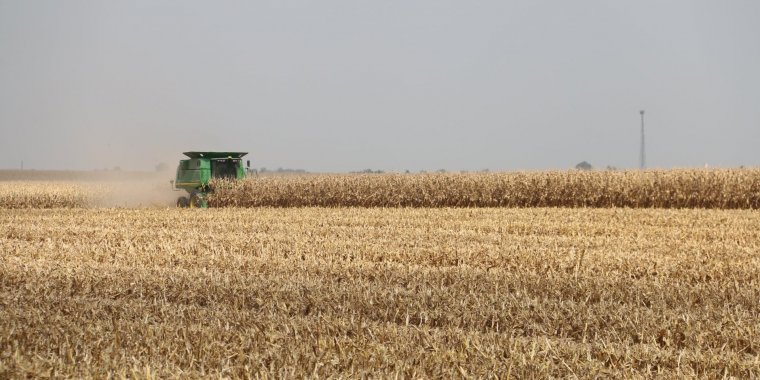| News / Science News |
Corn better used as food than biofuel
Corn is grown not only for food; it is also used as an important renewable energy source. But renewable biofuels can come with hidden economic and environmental issues.

A harvester in a corn field. ![]()
The question of whether corn is better used as food or as biofuel has persisted since ethanol came into use. Now, for the first time, researchers have quantified and compared these issues in terms of the economics of the entire production system to determine if the benefits of biofuel corn outweigh the costs.
Scientists of the University of Illinois at Urbana-Champaign show that using biofuel corn doesn't completely offset the environmental effects of producing that corn.
The researchers took several steps to compare the energy efficiency and environmental effects of corn production and processing for food and for biofuel. They inventoried the required resources, then determined the economic and environmental effects of using those resources -- defined in terms of energy available and expended, and normalized to cost in U.S. dollars.
The scientists quantified the environmental effects in terms of critical zone services, including impacts on the atmosphere and on water quality, and looked at corn's societal value both as food and fuel.
One of the key factors lies in the soil. The assessment considered both short-term and long-term soil effects, such as on nutrients and carbon storage.
Most of the environmental effects came from soil nutrients. Soil's role is often overlooked in this type of assessment. (National Science Foundation)
YOU MAY ALSO LIKE



